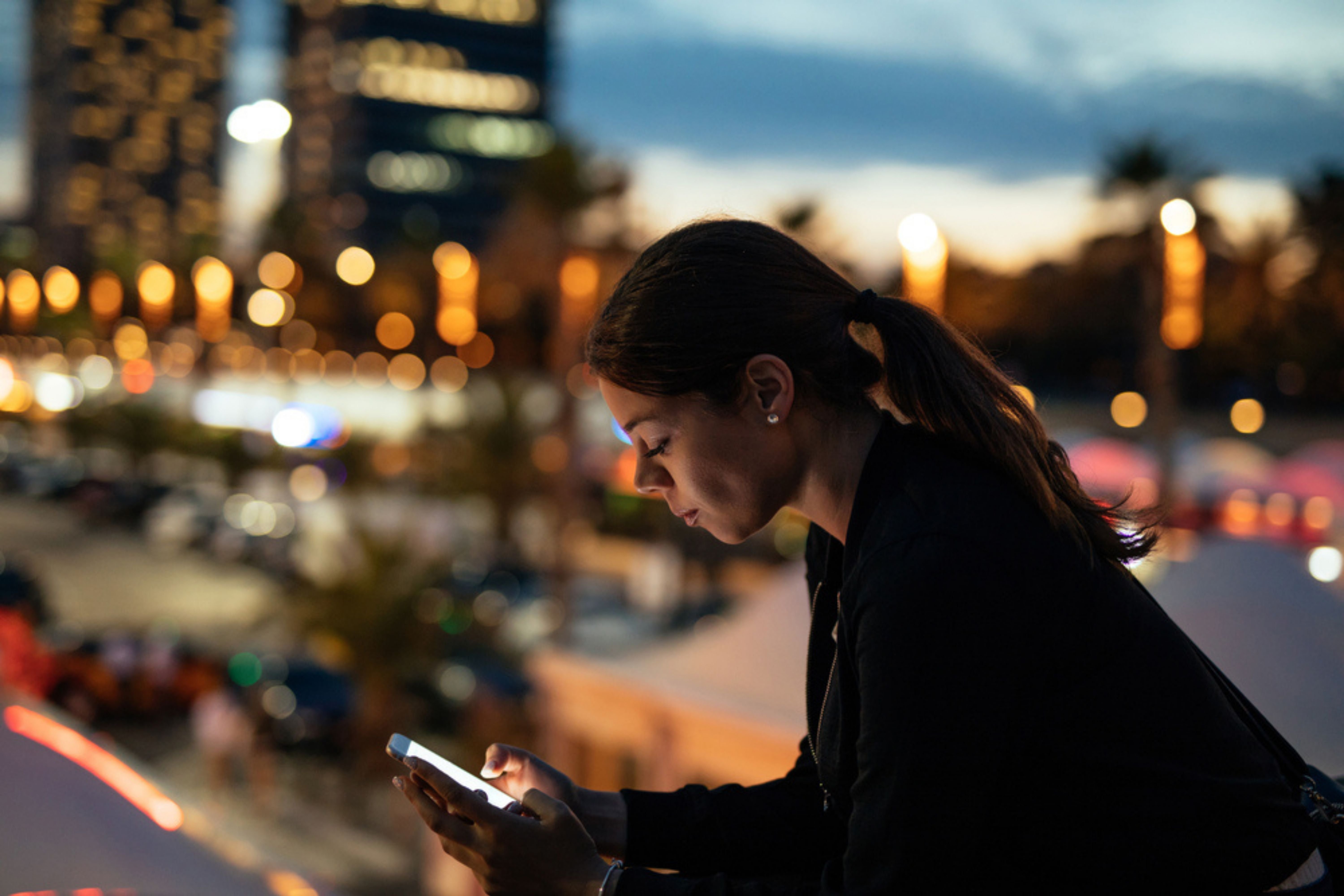In honor of a meme I’ve seen making the rounds lately, name something from your childhood that kids these days will never understand.
For people my age, the answers range from one-hour photo development to getting knocked offline whenever someone picked up the landline phone.
I’ll add one more.
There was a time when you’d get your first full-time job, make your own money, then promptly realize you had to take time off work to do anything associated with the management of that money. Banks were open while you were at work, and not one minute earlier or later. This small window of opportunity and the inconvenience it carried were known as “bankers’ hours.”
Bankers’ hours are dead. Like thumbing through CDs at a big-box retailer or hustling to Blockbuster to snag a movie for the weekend, banking exclusively within the walls of a local branch is a relic of a pre-digital era.
The movement of products from place to space killed many brick and mortar experiences. The question for brands is, what kind of experiences are you replacing them with?
Customers control when and how they engage
While digital tools are making customers’ lives simpler, things are getting more complicated for the brands responsible for delivering those experiences.
Historically, brands, especially big ones, controlled the places their customers interacted with them. Marketing aimed to influence, and employees were trained to close the deal by serving customers and landing the brand promise.
Brands loved that. It’s fairly easy to manage interactions that take place on your terms between 8am and 5pm. Places belong to brands, and the experiences are easy to control. Space belongs to customers, experiences are less predictable, and brands that are slow to evolve are getting crushed.
Digital products are only as good as the experiences they create
Great digital products have less to do with the technology, and more to do with understanding the people who use them. Digital products are nothing until or unless customers say so, and it only takes one misstep to lose business and suffer reputational damage.
The good news is the ability to learn what customers want and incorporate those desires into the experiences you create has never been greater.
The key to winning in this era of spatial interaction is building an immersive experience. And who in the organization is responsible for creating that experience? Engineering? Design? Marketing?
Yes.
Gravity is driven by the mass of an experience. How much weight can yours carry?
If you build digital products as alternatives to outdated ways of doing things you get transactional, lightweight experiences. If you build digital products to solve real life challenges you get brand gravity, the force created by immersive experiences that pull customers closer to you.
As more products move from place to space, everyone has to take responsibility for understanding customer experience and delivering on your brand’s promise.
Great brand work is more than logos, taglines, and 30-second spots with lofty promises. The companies who win in this era will be the ones who understand the sheer number of digital touchpoints their customers have with them, design every tool and product to meet the moment.
Today, makers have to be marketers too. Future generations will be surprised businesses ever survived without doing both.
Mike Welsh is the Chief Creative Officer at Mobiquity, leading a team of experience architects, experience designers, and conversational designers to deliver engaging and compelling solutions in collaboration with engineers who bring these solutions to life. He has been doing this for over 27 years, having joined Mobiquity near it’s beginning. Mike notes that what originally drew him to his role is the ability to transform experiences for companies and their customers. What keeps him and the team engaged is the opportunity to find out what truly transforms human experience and then bring it to life. He’s a firm believer in the power of a team and its ability to create impact derived from insights. Mike makes no special claim of expertise or experience because every engagement is a team effort. Each time he and the team engage with a client’s challenges and opportunities, good things can happen. Curiosity and a core belief that some of the best work comes when a team understands the humans behind their work is central to understanding the role that technology can play. Mike’s time spent with clients and teams includes work within creative, business, and technology fields, bringing many skills to the table including: experience strategy, experience design, product strategy, and product design. His industry knowledge within these functions spans healthcare, retail, ecommerce, and financial services and he has lectured on these topics at University of Pennsylvania, Drexel University, Moore College of Art and Design and various conferences. In addition, Mike holds a Nielsen Norman Group UXC certificate working toward master certification. While no one is a bigger Mobiquity champion than Mike, much of what fuels his passion comes from the time he spends away from work. He is a father of three, an avid runner, traveler, cook, and outdoorsman. A voracious consumer of audiobooks, Mike is always learning and drawing connections about how we can make a difference today for our future selves. When thinking about what’s to come, Mike believes that artificial intelligence, immersive storytelling, and machine learning will play a significant role in defining experiences humans have with technology.
Give us your information below to start the conversation.
